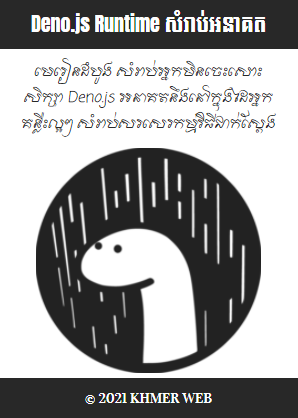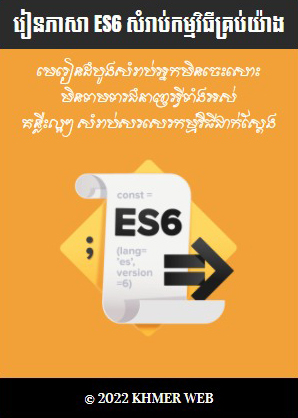for គឺជាបញ្ជាតំរូវអោយពិនិត្យមើល element នៅក្នុងវត្ថុដែលជា container ណាមួយបណ្តើរ និងតំរូវអោយអនុវត្ត block នៃ statement នៅក្នុង statement for នោះបណ្តើរ។
mylist = [100, 1.5, 'Keo Kosal']
index = 0
for ele in mylist:
print('The element in mylist with the idex', index, 'is', ele)
index += 1
The element in mylist with the idex 1 is 1.5
The element in mylist with the idex 2 is Keo Kosal
ការពិនិត្យមើល element នៅក្នុងកំរង list ឈ្មោះ mylist ត្រូវធ្វើឡើងដោយភ្ជាប់ឈ្មោះ ele ទៅនឹងគ្រប់ element នៅក្នុងកំរង list នោះ មួយម្តងៗ ពីឆ្វេងទៅស្តាំង។ ហើយគ្រប់ការភ្ជាប់ឈ្មោះ ele ទៅនឹង element ណាមួយ block នៃ statement នៅក្នុង statement for ត្រូវយកទៅអនុវត្តម្តងដែរ។ ដោយកំរង list ឈ្មោះ mylist មាន element ចំនួន 4 ដូចនេះ កាអនុវត្ត block នៃ statement នៅក្នុង statement for ក៏ត្រូវធ្វើឡើងចំនួន 4 ដងដែរ។
ក្នុងករណីវត្ថុដែលជា container ជាសំណុំ dictionary ការប្រើ statement for ដើម្បីពិនិត្យមើល element របស់វត្ថុដែលជា container គឺជាការប្រើប្រាស់ statement for ដើម្បីពិនិត្យមើល key នៅក្នុងសំណុំ dictionary នោះ។ ពិនិត្យកម្មវិធីខាងក្រោមនេះ៖
resume = {'name':'Kosal', 'last name':'Keo', 'age':35, 'address':'Cambodia'}
for ele in resume:
print('The value attached to the key', ele, 'is', resume[ele])
The value attached to the key last name is Keo
The value attached to the key age is 35
The value attached to the key address is Cambodia























